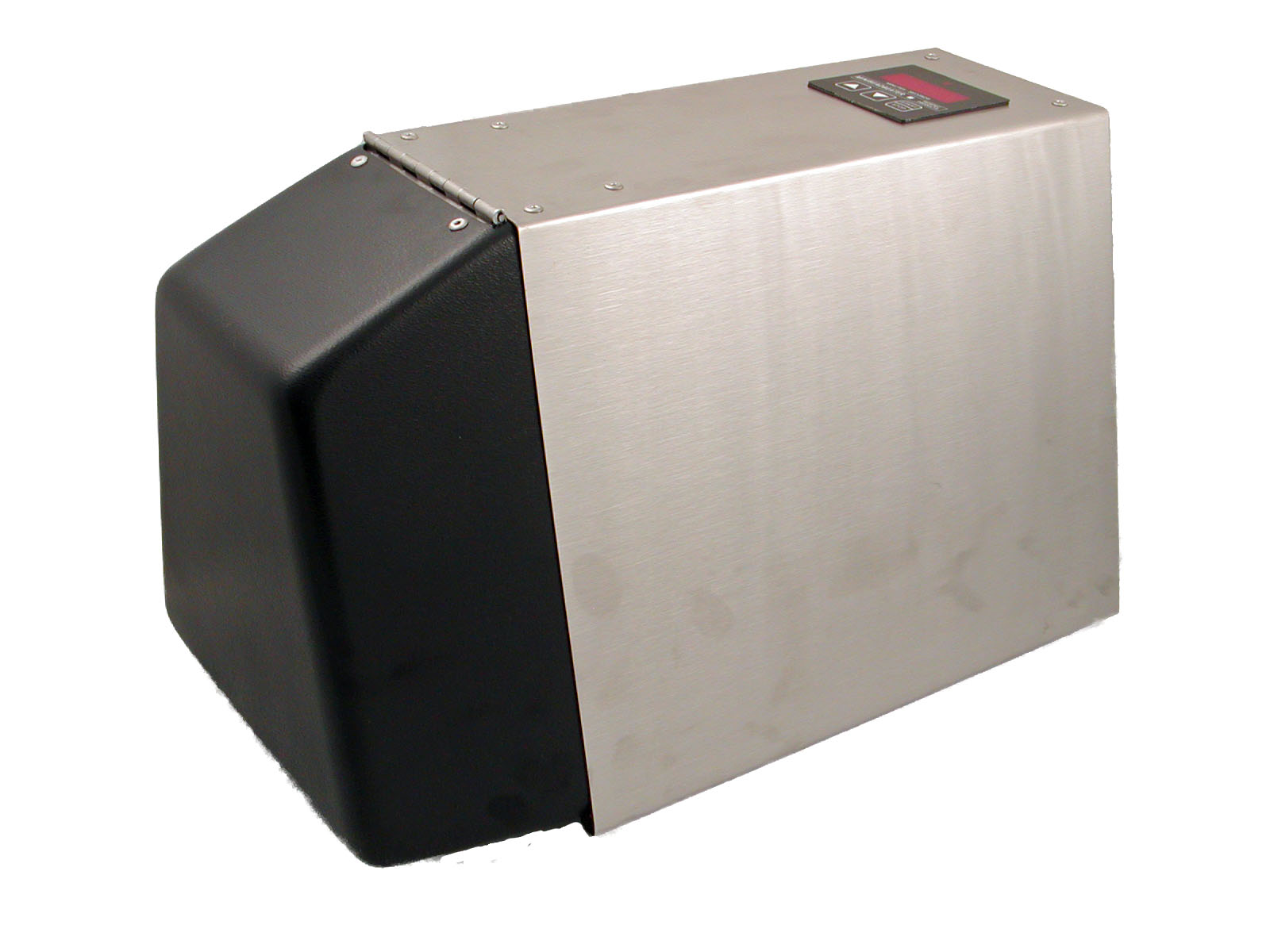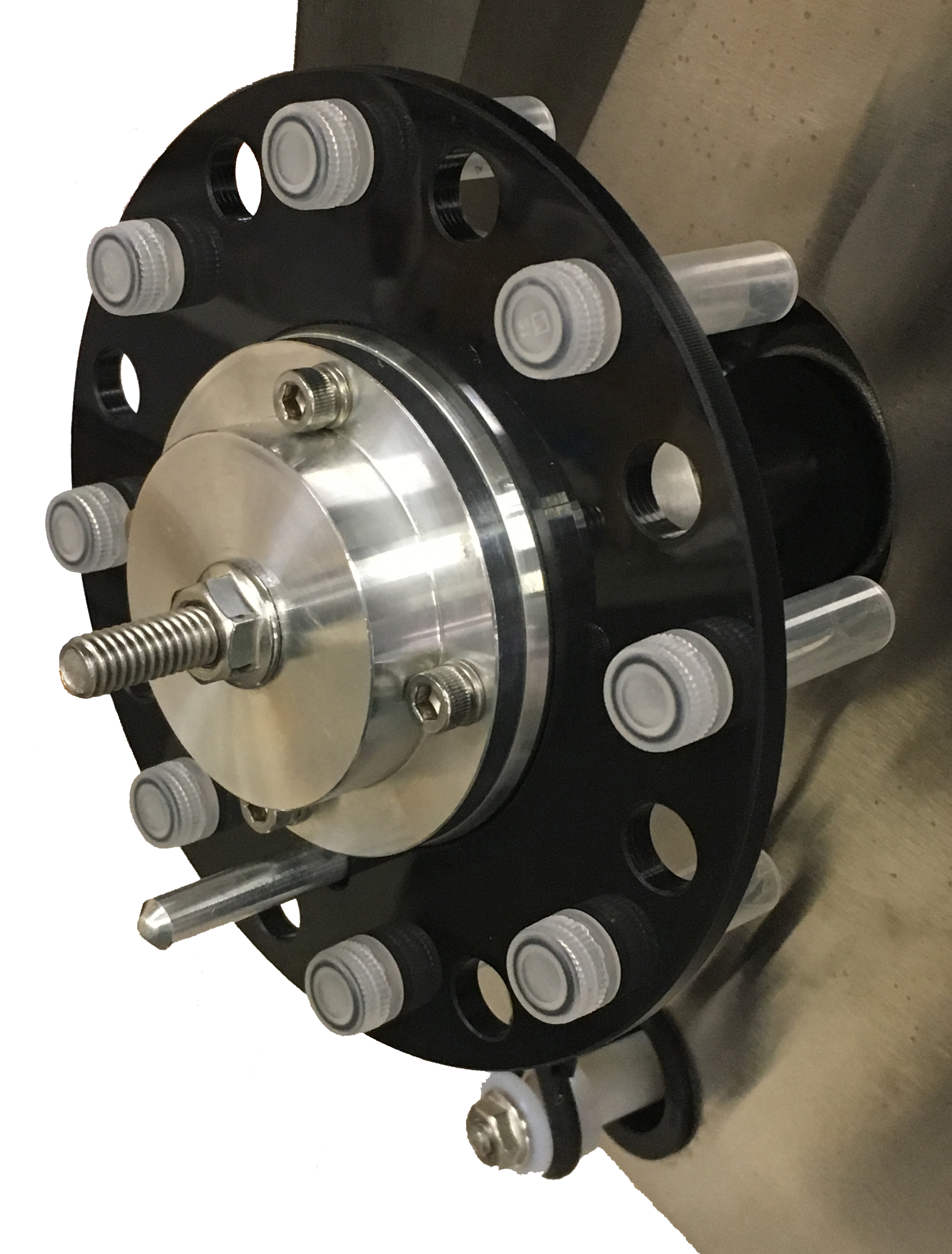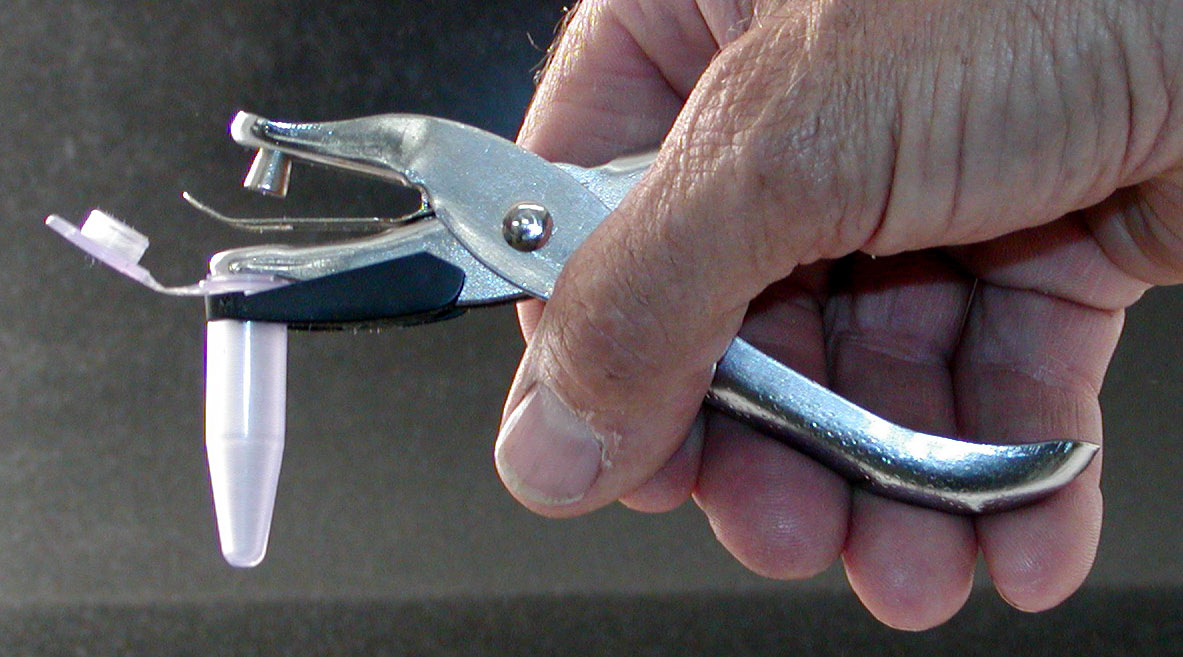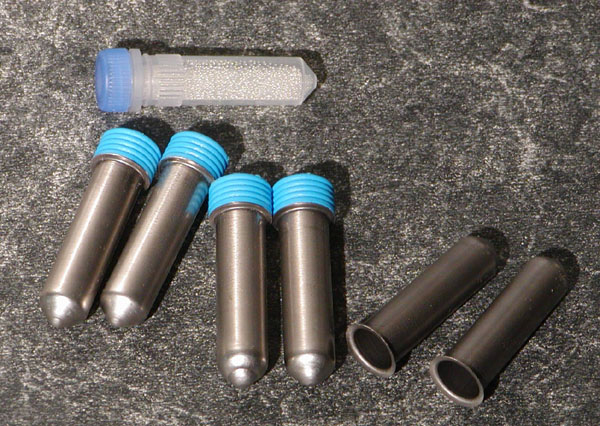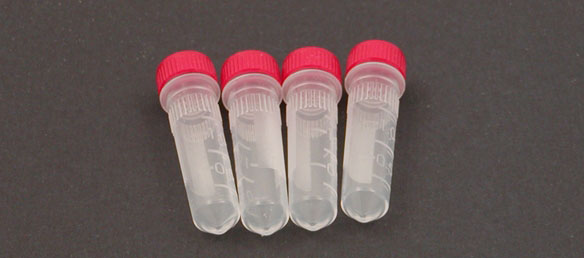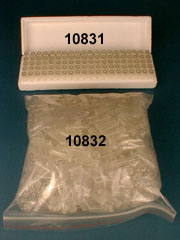Biospec Mini-BeadBeater-16 helmimylly
Biospect Mini-BeadBeater-16 on erinomainen laite solujen sekä kasvi- ja eläinkudosten tehokkaaseen murskaukseen. Laite mahdollistaa näytteiden ajon 16 x 2 ml putkissa joihin annosteltu käyttösovelluksen mukaisesti näytteen homogenoivat helmet. Saatavilla useita lisävarusteita ja erilaisia helmiä.
Description
The Mini-BeadBeater-16 disrupts microbial cells and plant and animal tissue by violently agitating four to sixteen 2 ml screw-cap microvials containing small glass, ceramic or steel beads and disruption buffer. Even resistant samples like yeast, spores or fibrous tissue are completely homogenized around 3 minutes in 0.1 to 1 ml of extraction medium. The non-foaming, aerosol-free method preserves enzymes and organelles. In the presence of nucleic acid extraction media such as phenol, Gu-SCN or a commercial kit solution, DNA and RNA are recovered in the highest possible yield. The method is ideal for PAGE, PCR applications and diagnostics using antibody or oligonucleotide probes. Because beads and vials are disposable, there are no cross-contamination concerns when homogenizing multiple samples.
The Mini-Beadbeater-16 can also be used for dry grinding. Steel beads are added to hard samples such as hair, bone, teeth, seeds and minerals and are completely powdered in 10-60 seconds. Softer materials such as biological tissue, rubber or plastics can also be powdered by first freezing the sample to liqN2 temperatures (a process called Cryo-grinding). Special break-resistant vials are highly recommended for dry- or cryo-grinding. The powdered material can be safely extracted with aqueous and most organic solvents in the same vial, thus simplifying recovery of the analytes.
FEATURES
- Power: 115 volts, 60 Hz, 7.5 amps or 230 volts, 50 Hz, 3.7 amps.
- Width 10 in, Depth 16 in, Height 12 in, Weight 40 pounds
- Shaking pattern: Uses proven, more efficient near horizontal vial orientation with shaking motionand a “figure 8” shaking pattern.
- Capacity: Four to sixteen screw-cap microvials (0.5, 1.5 and 2.0 ml) with each handling up to 400 mg (wet weight) bio-sample.
- Shaking speed: 3450 oscillations/min. The CDE “performance” meets or exceeds all other bead-mill cell disrupters on the market (see detais below).
- Throw or vial displacement: 0.75 inches.
- Timer: 0-5 minute digital, with auto reset.
- Removable vial-holding cassette.
- No required motor cool-down-time between sample runs.
The MiniBeadBeater-16 uses standard screw-cap plastic microvials. Stainless steel microvials or a special reinforced polypropylene microvial (XXTuff vials) are available when dry- or cryo-milling with steel beads. Larger 7 ml vials can be processed with an accessory holding ring.
Confusing Specifications – information for first-time buyers
SHAKING TIME:
If you are harvesting expressed proteins, for example, you need close to 100% cell disruption. But, if you want nucleic acids for PCR amplification, perhaps a partial disruption of cells is acceptable. Some manufacturers claim disruption times of less than 30 seconds. That may be fine for PCR work, but not for blotting or protein recovery where yield is paramount..
SHAKING SPEED:
Some cell lysis beadbeater (bead-mill) machines sold have settings expressed as meters/second. This term combines measurable shaking speeds with vial displacement distance to create a unit presumed to define its cell disruption power. Unfortunately, no formula is available to precisely define cell disruption efficiency of bead mill grinding machines. Were it to exist, such a term would take into consideration not only shaking speed and distance of vial displacement, but also the shaking direction (vertical vs.horizontal), shaking pattern (linear vs.figure eight), kinetics of change in shaking direction (sigmoidal vs. square wave), vial size and shape and other engineering variables. Clearly, the interplay of these variables is complex. They must be optimized in the design of a high performance cell disrupter machine and, as might be expected, some machines achieve this goal better than others. Additionally, most published protocols rarely use shaking speeds below the maximum shaking speed available from the machine. Thus, variable speed control can be viewed as a ‘bell and whistle’ feature for a beatbeater.
VIAL ORIENTATION, SHAKING PATTERN and SHAKING DISTANCE (THROW):
Most beadmill cell disrupters shake 2 ml microvials in either either a vertrical (upright) or approximately horizontal direction. In terms of cell disruption efficiency (CDE), the horizontal position is more efficient than vertical. All shaking-type beadbeaters have flatten figure eight shaking patterns. The exact shape of this figure eight pattern has little impact on the CDE. Shaking distance (throw), however, has a significant impact on CDE. By necessity, all bead mill cell disrupters must have a vial throw of about ¾ to 1 inch.


